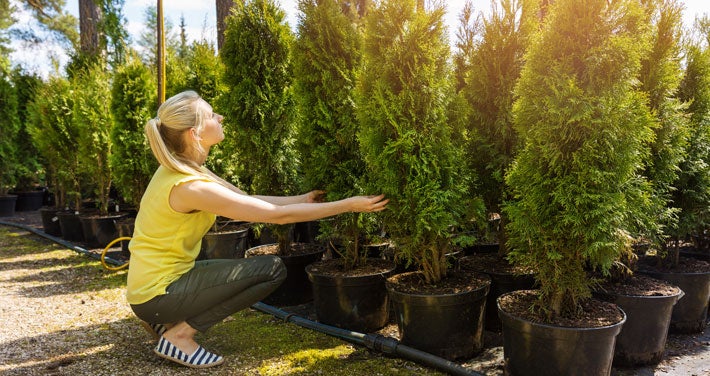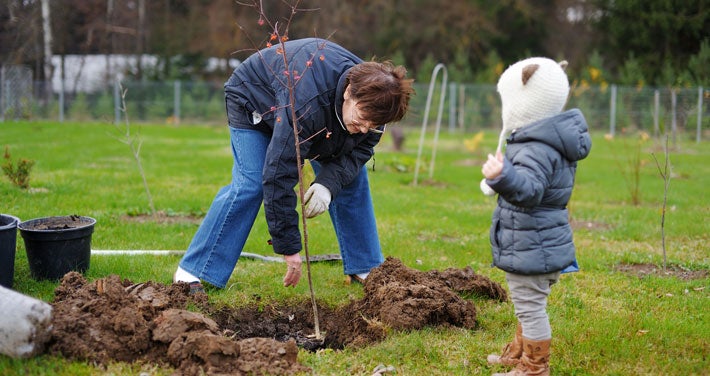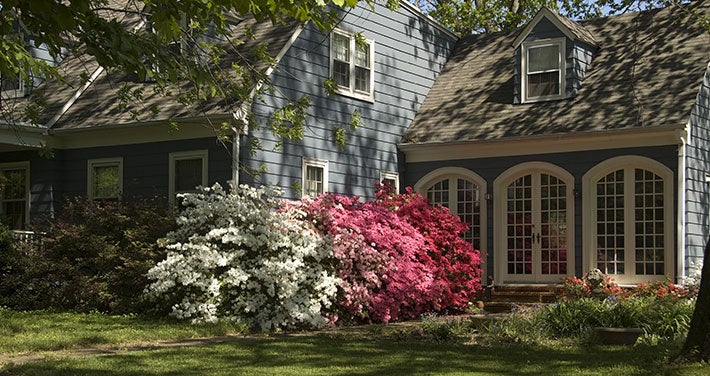There are dozens of ways to cut costs when it comes to heating and cooling our homes – from small changes like closing up gaps around doors and windows to major investments like new insulation and energy-efficient windows. But what if Mother Nature could help you save as much as 25 to 30 percent on your heating and cooling bill? Believe it or not, a few strategically placed trees can do just that.
Aside from their undeniable curb appeal, trees remove pollutants from the air, absorb carbon dioxide, and create oxygen. As a habitat for wildlife, trees aid in pollination and help manage landscape pests. Thoughtful landscaping can increase your property value, provide privacy, disguise unsightly views, and reduce noise pollution. The right tree, in the right place, can help reduce energy consumption, decreasing our reliance on fossil fuels.
During the summer months, the leaf canopy of a deciduous tree provides much-needed shade from the sun’s intense rays, so long as they’re planted on the east and west sides of your home. Then, during the colder months, the leafless canopy allows us to reap the rewards of passive solar heating. Incorporating smaller, ornamental trees into the landscape can provide protection from late afternoon sun as well.
PRO TIP: Shading your air-conditioning unit from the sun’s rays will keep it cool, so it can run more efficiently.
Evergreens also play an important part in reducing energy costs. Because they don’t lose their leaves in the winter, they can be planted to create a windscreen, limiting the amount of cold air that enters your home. A row of dense evergreens of varying heights can mitigate the effects of freezing temperatures when planted perpendicular to the prevailing winds.
Foundation plantings can contribute as well – in addition to their aesthetic benefits, dense evergreen shrubs planted four to five feet from your house will block the wind to create dead air space and provide insulation. And by shading your driveway, sidewalk, or patio, you’ll minimize the absorption of light energy, which can increase the air temperature above the surface by as much as 20 degrees.
Be sure to take overhead power lines and the mature size of your tree into consideration, and always notify Dig Safe at digsafe.com or by calling 811 to locate underground utilities at least 3 business days prior to digging. Learn more about the free DigSafe process here.
Key Takeaways:
- Plant deciduous trees so that they shade the east and west sides of your house to save on cooling costs during the summer months.
- For the biggest benefit, plant shade trees 25 to 30 feet from your house.
- Plant evergreens on the north side to limit the amount of cold air that enters your home in the winter.
- A windbreak consisting of tall, dense evergreens should be planted at a distance of two to five times their mature height from your house.





